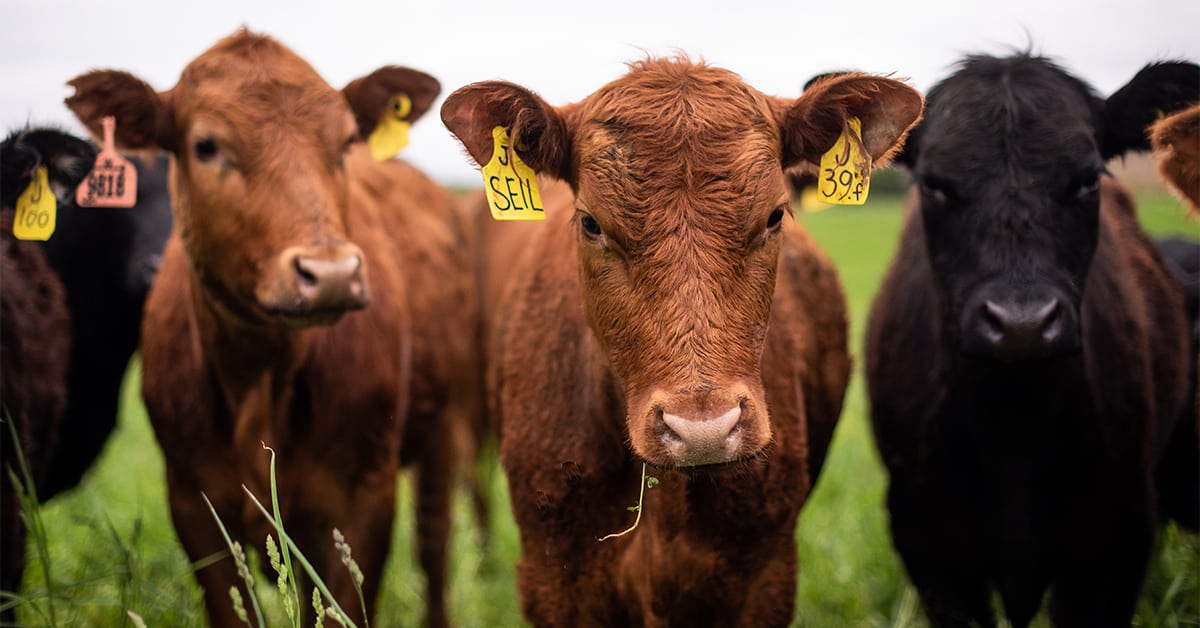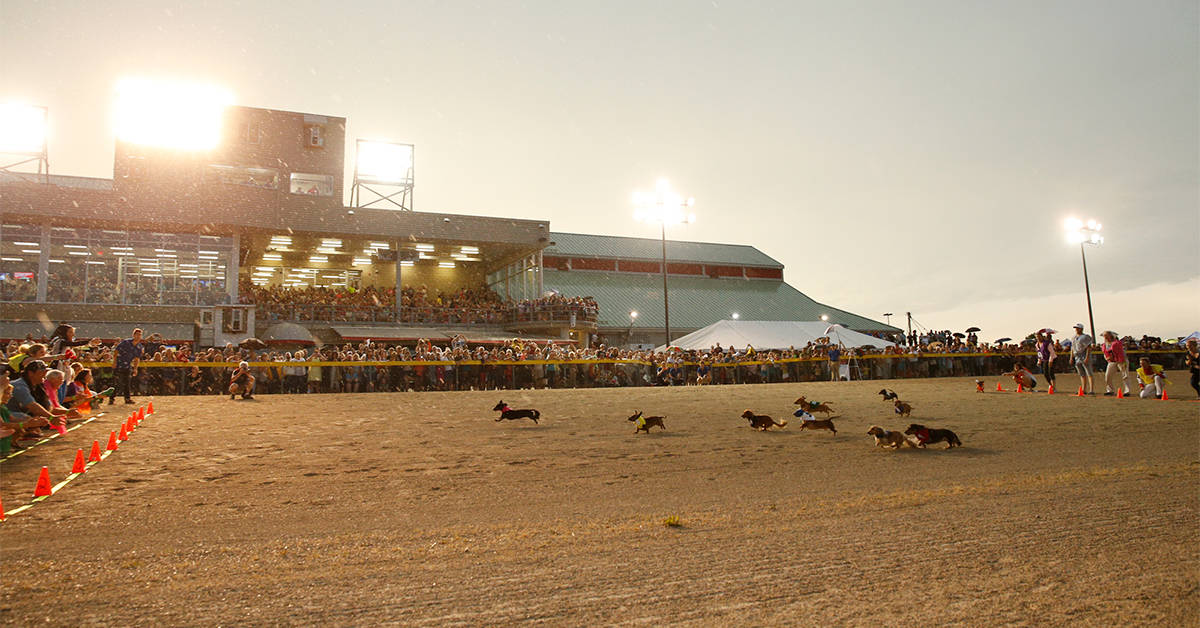It’s time to get creative to increase climate resiliency and reduce greenhouse gasses produced on farms in Canada, according to a group of ecologically-minded farmers.
Farmers for Climate Solutions is a group of farmers and supporting organizations advocating their ideas on how to reduce on-farm greenhouse gas emissions. They’ve created a report of the top actions governments can take to help farmers reduce their emissions, and help them become more resilient as climate change takes its toll on the industry.
The group is trying to raise awareness of this report now because the provincial and federal governments will meet later this month to plan out agricultural policy across Canada for the next five years.
The 19 recommendations are grouped into five categories: nitrogen management, manure storage and handling, livestock management, soil management and wetland and tree management. The report says that if all of them are implemented, it will lead to a 14 per cent reduction in absolute agricultural emissions by 2028.
According to the National Farmers Union, methane from cattle and from manure storage, as well as emissions related to nitrogen fertilizer, are the top two sources of greenhouse gas emissions in Canada’s agricultural industry. The third is from farm fuels and energy.
Laura Northey is the government relations and communications manager for the Ecological Farmers Association of Ontario (EFAO), a member organization of Farmers for Climate Solutions. She says farmers are becoming more and more interested in climate mitigation and resiliency on their farms, but the major hurdle to addressing these concerns is that a lot of the solutions include major upfront infrastructure costs, and require the farmer to take on the risk of trying something new.
Katrina McQuail is a certified organic mixed livestock farmer in Northern Huron County, and a board member of the EFAO. She raises all her livestock on pasture. She says the big challenge to farmers trying to reduce their emissions and increase their climate resiliency is the transition.
“Farming is already a high risk, financially very stressful thing for farmers to be doing,” McQuail said. “And so, to ask farmers to make a change when they don’t know for sure that it’s going to be a success, and they don’t know how it’s going to impact them financially, is a really big ask.”
McQuail took over the farm from her parents, who started farming organically even before it had a name.
“Because of the way that my parents farmed since the ‘70s, when I took over our farm in 2016, we were already doing a significant number of the recommendations that Farmers for Climate Solutions have set forward,” she said.
“My parents got the farm in 1973, and at that point, it was 100 acres. And every workable acre was in cash crop corn and had been in cash crop corn for 10 years.”
She says the land had experienced a lot of erosion, and that the soil was very clay-like. Her parents tried conventional chemical inputs.
“After a couple of years, it became really clear to them that they were spending lots of money at that point on chemical inputs because everyone told them that’s what they needed to do to be successful farmers.”
She says her parents decided to try re-creating natural systems in the late 1970s.
“They had a few years of pretty miserable outcomes,” she said. But they regularly tested their soil to keep track of the impact their practices were having and have found that their soil became more resilient, and more organic matter accumulated in it.
“That’s because of the microorganisms in our soil actually being able to break down the plant matter and the manure from our livestock,” said McQuail, adding the soil is better able to endure downbursts of rain and periods of drought as well.
“We’re seeing that we have these massive amounts of water, and then we don’t have any rain for weeks. And our land is more resilient because of the loam and the organisms in our soil.”
Now, she is maintaining and enhancing her family’s organic tradition. Her animals are rotationally grazed, leaving and trampling their manure into the ground. They add legume seeds to the cattle’s feed. The seeds are too small to be digested by the cattle and they are deposited into the pasture where they sprout and grow.
Since the cows do not eat grains or corn, the amount of methane created from their rumen is reduced, she said.
She also protects and restores the wetlands and forests on her property, noting she plants 150 to 500 trees every year, mainly as windbreaks and along fence lines. This year, she will experiment with planting trees in the pasture area, a practice known as silvopasturing.
The wetlands and trees on her property are carbon sinks. The trees help with erosion and keep soil in the ground, as well as taking water and nutrients deeper down into the soil, and the wetlands help regulate water during floods.
In 2014, they stopped tilling on her farm completely, she said. The farm is now permanent pasture and hayfield. There is no exposed soil and this means no wind or water erosion.
She acknowledges that most farmers do not start off with an inherited organic farm, and that transitioning to practices that reduce carbon emissions is expensive.
Even ideas that may seem more low-tech and simple come with underlying extra costs, says Northey. For example, extending the amount of time a herd of cattle are on pasture reduces carbon emissions, but this requires investment into more fencing and equipment.
Transitioning to something new also takes time, energy and the mental space for learning something new, she said.
“The farmers just need some support to get those practices off the ground and get them implemented and turn them into the new normal,” she said.
“So that’s actually one of the biggest considerations of this work was actually just to ensure that none of these recommendations are going to sort of make farmers less productive, essentially. So it’s all about increasing efficiency and just doing small things.”
The impact of these kinds of practices is self-evident, said Northey.
“Healthy soil that is alive is a lot more resilient to drought and that’s documented by farmers time and again. And so the more we can do to implement practices that make farmers more resilient to extreme weather, it’s a different kind of insurance.”
Northey says that in recent years she is seeing more farmers interested in the EFAO, especially as climate change is having immediate and more costly impacts on farmers and their yields.
“I think the severe weather impacts are really opening up eyes. I think that’s the thing. Even if you’re not an environmentalist, you can’t deny the fact that it costs money, all these damages to farms.”
According to Statistics Canada, 2021 and the first quarter of 2022 saw record payments for crop insurance in the country, while production was its lowest since 2007. The report also notes the previous crop year being one of the driest on record in Western Canada.









